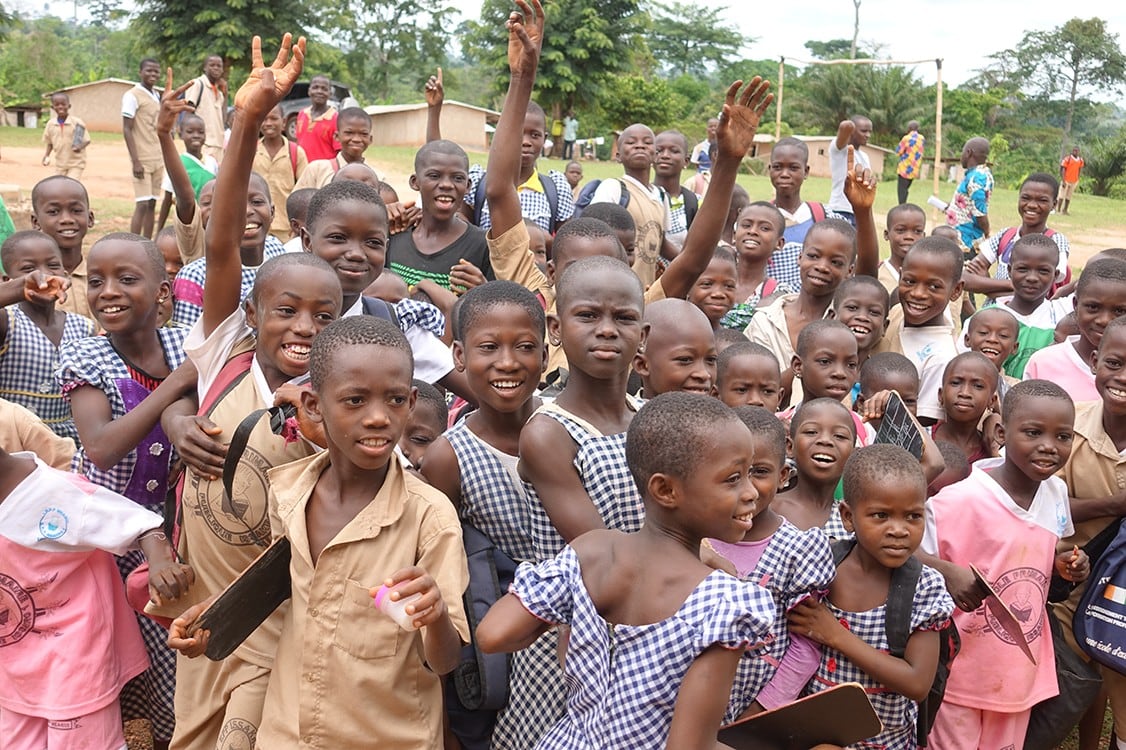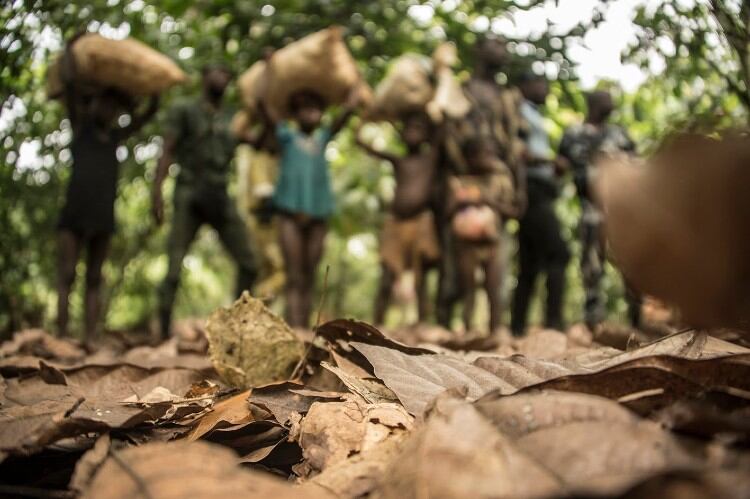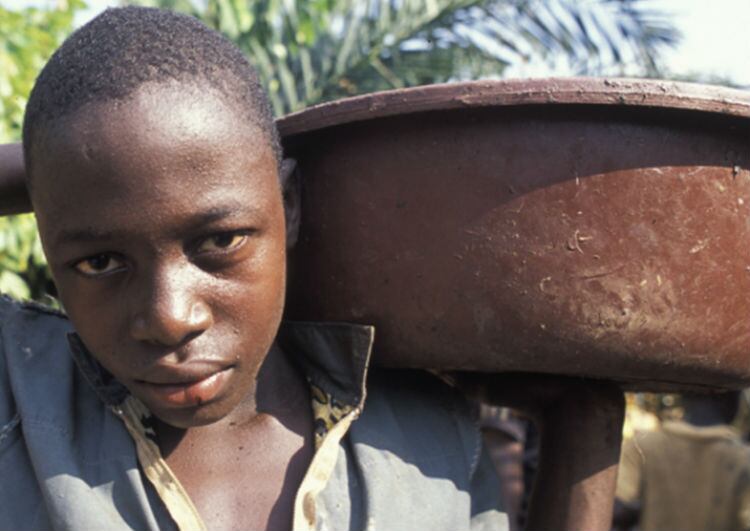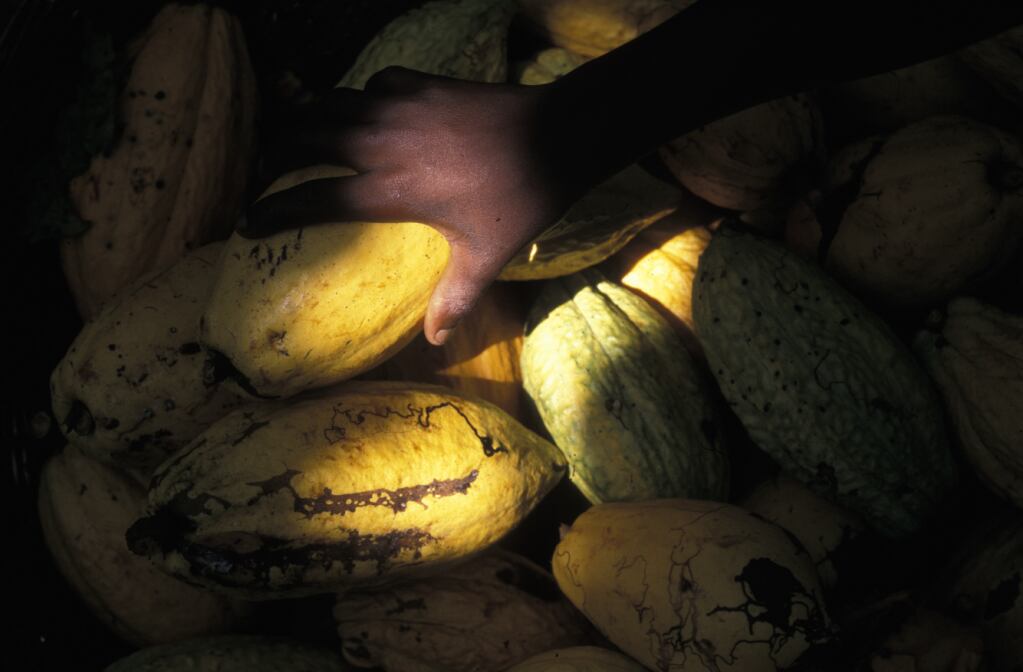CLMRS are a means of targeting prevention, mitigation and remediation assistance to children involved in or at-risk of child labour, as well as to their families and communities. They have become an effective tool for companies and organisations wanting to eliminate the problem from their supply chains.
The ICI manages around a dozen CLMRS and they are widely regarded as an effective model and becoming the industry standard.
It's clear that there are some real pressures that are facing cocoa farmers, not just farmers, but Africa as a whole, and the world as a whole -- Nick Weatherill, ICI’s Executive Director
Once initiated, a CLMRS will raise awareness about child labour on a farm or community and the resulting harm, and identify cases through active, regular and repeated monitoring.
When a case of child labour is identified, targeted support can be provided in response to the specific needs of the child, family and community. Children continue to be monitored on a regular basis until they have stopped engaging in child labour and have satisfactory alternatives.
In our podcast interview, Weatherill says at the end of 2020 the ICI estimated that there were 450,000 cocoa farming households covered by some form of CLMRS, equating to roughly 1.1 million children covered in Côte d’Ivoire and Ghana.
The ICI has thrown considerable time, energy and resources at setting up effective CLMRS and has a team of partners on the ground in West Africa working with communities.
“If you think back to 2015, when we had 65,000 children covered, it’s quite some scale to go to more than 1.1 million children over a period of five years … it is a pretty dramatic ramping up of these systems, which is fantastic,” says Weatherill.
Weatherill reiterates the reasons why there's child labour on cocoa farms varies from one household to the next. “And so, if we're going to do something about it, it's not always a cookie cutter one-size-fits-all solution.”
He says that once a child is identified as at risk, a remediation response is activated - often targeted to help the children themselves get into school, by providing an official birth certificate or school materials.
Household income
Remediation is sometimes targeted at parents to help them improve their household income, then importantly, the system does a regular follow-up of those children who are identified every six months or so to track impact and determine whether the young person’s exposure to child labour has been reduced, or ultimately, whether or not they are out of child labour.
Weatherill says all the information is then collated and fed into a database that allows the ICI and its partners to report on the situation of child labour, with a degree of granularity and accuracy, in the households that that are covered by the system.
Despite the excellent progress made in the past five years, there is still frustration in the industry and consternation from external sources that the problem of child labour has still not been eliminated from the global cocoa supply chain.
The influential NORD report confirmed there is a continuing challenge tackling the issue and Weatherill points to some ‘worrying macro trends’.
What's going on globally in relation to child labour?
“I see it as quite a mixed picture,” he says, “… it's clear that there are some real pressures that are facing cocoa farmers, not just farmers, but Africa as a whole, and the world as a whole.
“Just a couple of months ago, the ILO released their global estimates for the total number of child labourers in the world and within there, there were some worrying trends for the first time.
“The number of child labourers globally has stagnated. And in Africa, it's actually increased as a result of persistent poverty, with 40% of the population living in poverty still - along with population growth.
“That already is quite a worrying baseline that we're working with. Layer on top of that the pressures of the pandemic - there's a lot of ways in which it can potentially play out … has it affected demand for Cocoa? Do we now have a mismatch between demand and supply of cocoa?”
The ICI’s Effectiveness Report is important as it provides the most up-to-date and valuable insights on good practices that can help improve the performance and efficiency of these systems, allowing them to be more rapidly scaled up to support more children.
- Listen to the podcast to hear the interview with Weatherill in full – and to read more about the ICI’s recent review follow this link.




